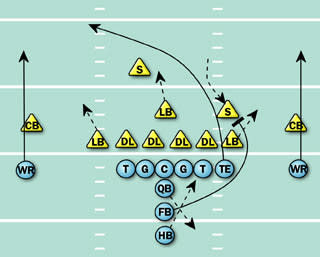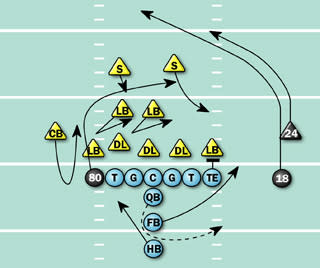Raiders' Campbell, Miller must connect
Also in this article:
Next Surveillance:
Seahawks
More NFL:
Editor's note: Yahoo! Sports will examine the biggest weakness for every team during the 2009 season and explain how each franchise can help address the issue. The series continues with the Raiders, who finished third in the AFC West (5-11).
Biggest problem in 2009: A cadre of invisible receivers

QB Jason Campbell(notes) passes during minicamp in April.
(AP Photo/Ben Margot)
Former Redskins and current Oakland Raiders quarterback Jason Campbell has gone through more offensive systems and coaches than perhaps any signal-caller in the game today, but there's one thing he's learned: When in doubt, throw to your tight ends.
From his first starting season in the NFL (2006), Campbell found Chris Cooley(notes) to be his most reliable target as the Washington front office flanked him with average receivers. Last season, Campbell threw 14 red-zone passes to tight end Fred Davis(notes) – only No. 1 receiver Santana Moss(notes) (15) got more targets in scoring range. Davis finished with twice as many receiving touchdowns (6) as any Redskins receiver. And in 2006 and 2007, Cooley either led the team or tied for the team lead in receiving touchdowns.
So when the Raiders traded for Campbell on April 24, they got a quarterback used to producing without exceptional receivers. And that's a good thing – for as average as the Redskins' receivers may have been in recent years, Oakland's group is an entirely different disaster. In 2009, the Raiders' leading wideout was fourth-round draft pick Louis Murphy(notes), who caught 34 passes for 521 yards and four touchdowns. Unfortunately, the rookie saw the bench too often in favor of inferior talent. Oakland's best receiver by far was tight end Zach Miller, who caught 66 passes for 805 yards and three touchdowns – not exceptional totals but positively incendiary compared to the team's other pass-catchers.
The 2010 solution: Use Campbell's experience with tight ends to create receiving opportunities

Figure 1
Going forward, Campbell might bring a few route concepts from Washington and show the Raiders even more ways to clear coverages with a tight end as the primary threat. Fig. 1 represents a play against the Patriots in Week 4 of the Redskins' 2009 preseason, and it's a great example of how to beat a blitz look with play action and a tight-end crossing route. The Pats brought six to the line – four linemen and two linebackers – but dropped the 'backers into short coverage at the snap. At the same time, New England's strong safety was cheating up to help in case the coverage looks left any vulnerabilities against the run. At the snap, Campbell faked the handoff to Clinton Portis(notes) as Mike Sellers(notes) sealed the edge with a perfect block on the safety. It was a great setup for a toss or stretch play, but the Redskins were going a different way. While all that sleight of hand was happening, Washington's two receivers ran straight routes against single coverage and Cooley blasted across the middle zone on a long crossing route. The Pats have long been susceptible to pass plays over the middle, and that was the case again on this play. The quick receiver routes cleared out the corners, and Cooley was easily able to beat the middle linebacker with his speed.

Figure 2
Once you've established your tight end as a primary threat, you can set up plays to expose coverages which focus too much on the short-to-intermediate routes your tight end runs. In their Week 13 upset of the Steelers, the Raiders used Miller on such a play with 5:42 left in the fourth quarter. As Miller (80) headed up the left seam out of a two-TE set (Fig. 2), the Steelers put a "box-in-one" defense on him, backing off a corner blitz and sending both inside linebackers to cover. When Miller cut his route to the right, the intermediate defense followed. Pittsburgh had safeties in place to stop a deep pass, but Bruce Gradkowski's(notes) play-action fake out of the tight formation caused them to cheat up. Left cornerback Ike Taylor(notes) (24) was left one on one with Murphy on a deep crossing route. Murphy beat Taylor over the middle, took the deep throw and outraced Taylor to the end zone.
This was a great play call all around – the Raiders used Miller's status as their leading receiver to fool the defense and set up their deep receiver for ultimate success. Since Campbell is already familiar with these concepts, expect Miller to continue to be the main man in Oakland's passing game.
